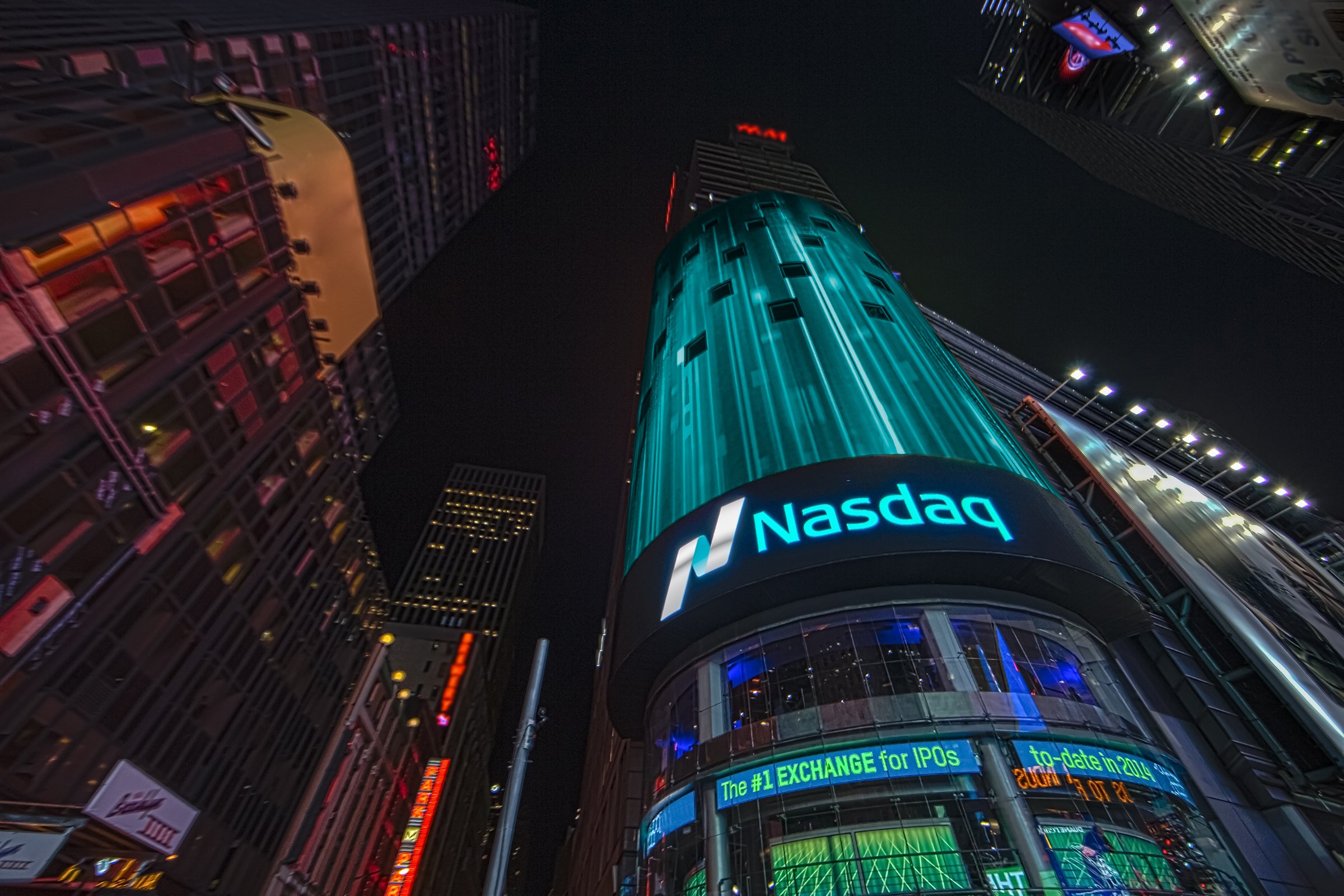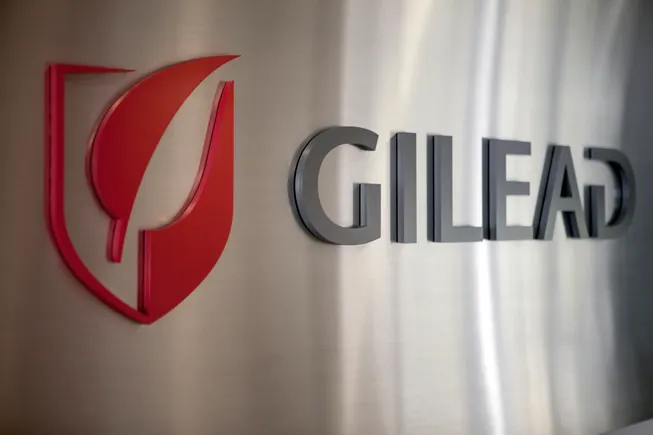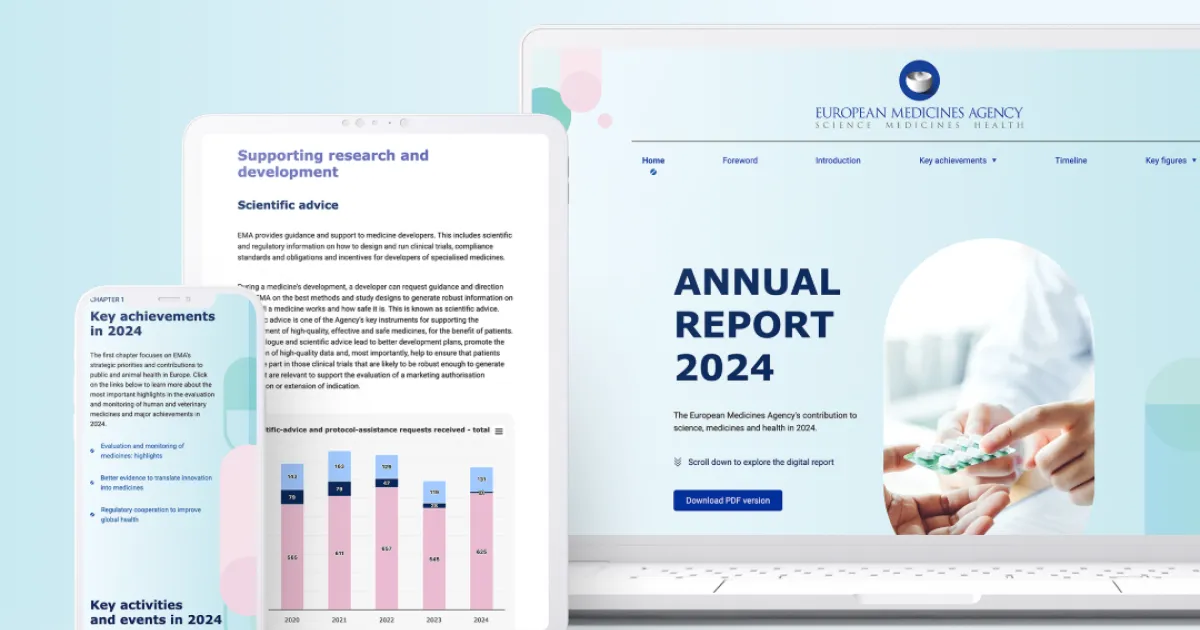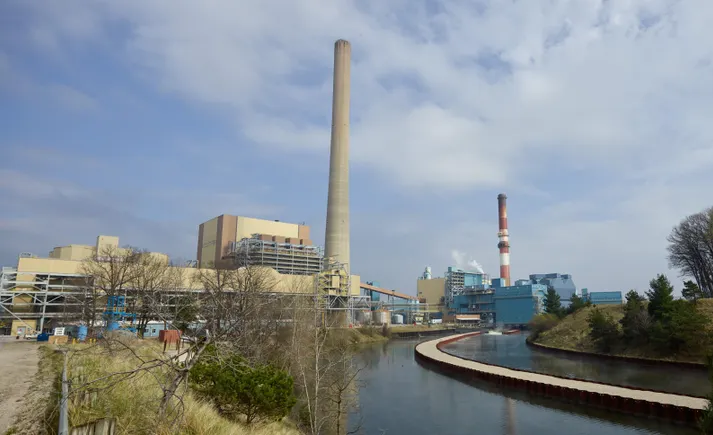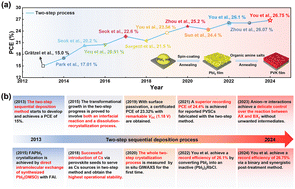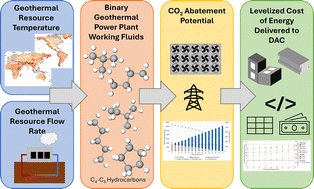Corporate Climate Disclosures and Practices: Risk, Emissions, and Targets
As climate risks intensify, more companies are embedding emissions reduction and climate governance into core strategy. This report analyzes 2021–2024 climate disclosures across the Russell 3000 and S&P 500, highlighting trends in greenhouse gas (GHG) reporting, target setting, regulatory preparedness, and board oversight. While based in the US, many firms—especially those in the S&P 500—operate […]

Matteo Tonello is Head of Benchmarking and Analytics at The Conference Board, Inc. This post is based on a Conference Board memorandum by Andrew Jones, Senior Researcher, ESG Center at The Conference Board, Inc.
As climate risks intensify, more companies are embedding emissions reduction and climate governance into core strategy. This report analyzes 2021–2024 climate disclosures across the Russell 3000 and S&P 500, highlighting trends in greenhouse gas (GHG) reporting, target setting, regulatory preparedness, and board oversight. While based in the US, many firms—especially those in the S&P 500—operate globally under multiple regulatory regimes.
Key Insights
- Most US public companies now disclose their exposure to climate risk—especially in assetheavy, high-exposure sectors—although not all deem it to be financially material.
- Despite a US federal shift away from climate regulation, emerging state disclosure laws like California’s Senate Bill (SB) 261 and international mandates such as in the EU will likely reinforce climate risk and reporting as a board-level issue for large US companies.
- US public companies have increased disclosures and made tangible progress on reducing scope 1 (direct) and scope 2 (indirect) GHG emissions, due largely to operational efficiency improvements, renewable energy purchases, and grid decarbonization.
- Scope 3 (value chain) emission disclosure is increasing, particularly among large-cap firms, though progress is mixed and data limits persist. Companies can plan ahead by engaging key suppliers, enhancing data quality, and using external assurance to ensure integrity.
- Most large US companies have set public climate targets—such as becoming carbon neutral by 2030—but the pace of new goals has slowed amid feasibility and reputational challenges.


























































